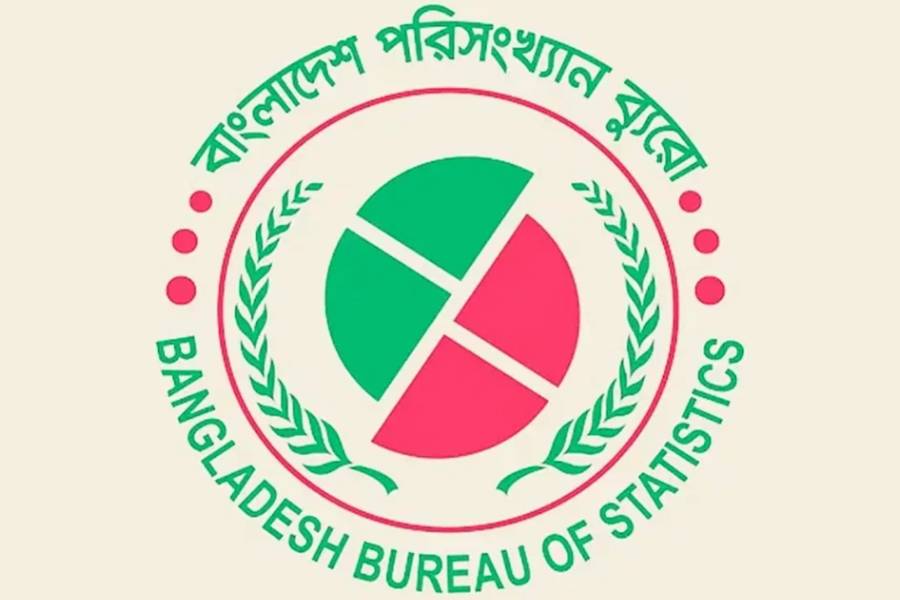
Published :
Updated :

The ethnic population of Sherpur District stands at 20,840, with an average household size of 3.84, according to the Sherpur Ethnic Survey (SES) 2024.
These were unveiled during a dissemination event held at the auditorium of the Bangladesh Bureau of Statistics (BBS) in Agargaon, Dhaka.
Statistics and Informatics Division Secretary Md Mahbub Hossain attended the event as the chief guest, while Additional Secretary Md Hamidul Haque, Cultural Affairs Ministry Additional Secretary Md Farhad Siddique, and Deputy Commissioner of Sherpur Tarafdar Mahmudur Rahman were present as special guests. Director General of BBS Mohammad Mizanur Rahman presided over the event.
SES Project Director Farhana Sultana presented the survey findings, with Joint Secretary Dr. Dipankar Roy moderating the session.
The SES 2024 marks the first official dedicated survey on small ethnic groups in Bangladesh.
Conducted by the BBS between May 30 and June 13, 2024, the survey employed qualified enumerators, advanced data collection tools, Computer-Assisted Personal Interviewing (CAPI), and continuous monitoring to ensure accuracy.
Key Findings
Household Amenities:
98.32% of ethnic minority households have access to electricity, with 97.77% connected to the national grid and 0.55% using solar systems. However, 1.68% of households lack electricity.
87.15% of households have improved toilet facilities, and 97.33% have access to improved drinking water sources.
Education and Literacy:
The literacy rate among ethnic minority populations aged 7 years and above is 64.08%, with males (69.13%) having a higher literacy rate than females (59.07%).
The Hajong ethnic group has the highest literacy rate (73.41%), followed by the Garo (66.13%).
Despite these figures, 35.77% of the ethnic minority population reported never attending school, while 21.77% studied up to classes VI-IX.
Income and Employment:
Agriculture accounts for 65.02% of household income, followed by services at 21.38%.
Domestic remittance contributes to the income of 21.11% of households, with Jhenaigati Upazila reporting the highest percentage (28.6%).
The employment rate for individuals aged 15 years and above is 51.84%, with 70.10% of males and 33.94% of females employed.
The unemployment rate is 3.80% for individuals aged 10 years and above, while 24.73% of the 15–24 age group is neither in education, employment, nor training.
Disability:
At the district level, 1.84% of the ethnic population has at least one disability. Nalitabari Upazila reported the highest percentage (2.51%), followed by Nakla (1.51%).
Speaking as the chief guest, Statistics and Informatics Division Secretary Md Mahbub Hossain commended the BBS for conducting the survey and suggested holding a feedback event involving stakeholders and ethnic communities.
Cultural Affairs Ministry Additional Secretary Md Farhad Siddique emphasized the need to integrate the cultural diversity of Sherpur’s ethnic groups into mainstream culture. He proposed establishing a cultural center or academy in Sherpur to promote their traditions.
Deputy Commissioner Tarafdar Mahmudur Rahman pledged to work with stakeholders to improve the socio-economic conditions of Sherpur’s ethnic communities based on the survey findings.
The SES 2024 highlights the socio-economic status, living conditions, and challenges faced by ethnic communities in Sherpur, providing a foundation for targeted policy interventions and cultural preservation initiatives.


 For all latest news, follow The Financial Express Google News channel.
For all latest news, follow The Financial Express Google News channel.